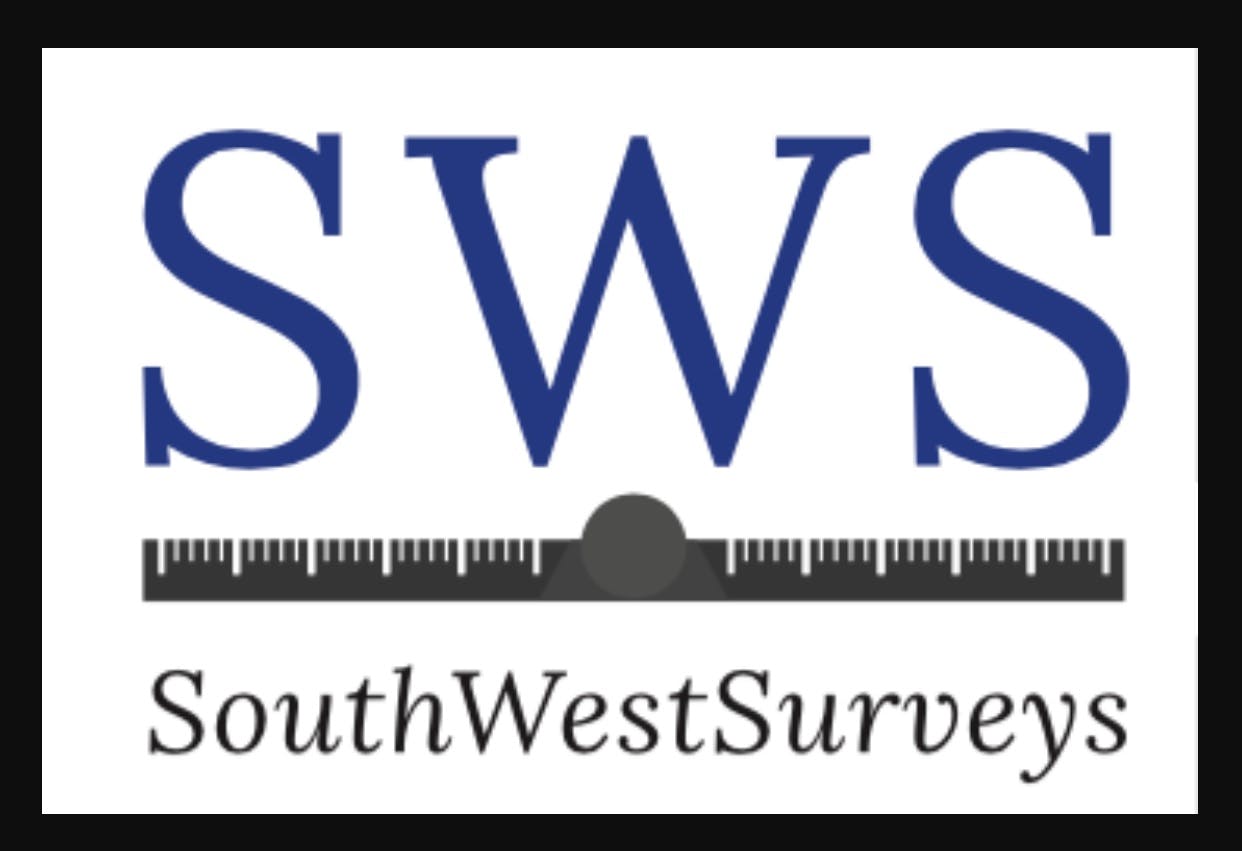Do you know the benefits of conducting a GPR survey for utility mapping?

Utility mapping is commonly used to ascertain the location of utilities like pipework or cables buried below ground. It's an important part of your civil engineering process, saving some time and money on high priced reparative work and setbacks a result of hitting utilities. Having an correct utility guide, project planners can accurately project fees for work being done. Find more information about GPR Survey Stroud
Nevertheless, utility mapping doesn’t arrive without its challenges. Precision of records and mapping has historically posed problems for surveyors as, of course, mapping the location of hidden physical objects can be a task inherently laced with difficulty.
What technological innovation are already employed for utility mapping?
Over the past couple of years, the Subsurface Utility Engineering (SUE) sector has evolved methods for tackling the challenges linked to tracking down and mapping subterranean utility system. Geophysical technology can be used alongside non-practical signifies like historical records to gather as much subsurface system information as possible.
The technologies involved differ, but the most common are:
Electromagnetic Induction (EMI)
An alternative to the better preferred Ground Penetrating Radar (GPR) approach, EMI uses an electrical existing – supplied by a transmitter – to stimulate a primary magnetic discipline. A receiver is set towards the right consistency, and deflections of your magnetic field are discovered, tracking down subsurface utilities. EMI may be beneficial in conditions where GPR could be inhibited by high-dampness garden soil, but it may be influenced by overlying metal objects.
Ground Penetrating Radar (GPR)
GPR is definitely the method preferred by utility mapping. It produces directional electromagnetic surf in the MHz and GHz regularity range and employs the signal get back to establish where subsurface utility system is situated.
Which are the advantages of using GPR for utility mapping?
GPR surveying technology is extremely precise, and it can identify both metallic and non-metal utilities. Surveyors often favor using GPR to perform utility mapping surveys as it offers:
Fast data acquisition
Low functioning price
High-resolution images
Nevertheless, GPR is often impacted by dirt moisture, as well as oblique dimensions. Using GPR in conjunction with extra technology, including radio detection, provides an even more exact general utility mapping survey outcome.
